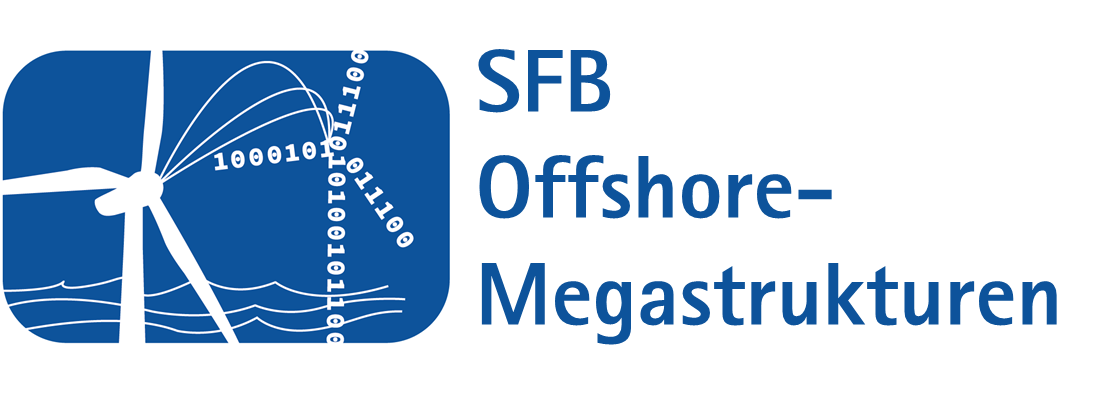The structural design of offshore wind turbines (OWT) is generally based on explicit theoretical and practical knowledge as well as on the intuition of the engineer. Explicit knowledge can be exemplified by calculation principles or standards that define the design of the support structure for load transfer. Intuition, on the other hand, is the ability to make statements about a design without an explicit justification based on individual experience and unconscious perception. Then, the question of how to combine experience and intuition using appropriate machine learning (ML) techniques is a central problem of the subproject.
In addition, support structures of OWTs are unifunctional structures with load transfer as the main task, therefore, the calculation methods for the support structure have been continuously developed with time. However, especially with increasing power classes beyond 20 MW, boundary conditions from manufacturing and installation of the structure or special requirements from maintenance have an enormous influence on the feasibility, economic efficiency and approvability. Therefore, it is absolutely necessary to consider all partial aspects of the life cycle in the design, which in essential parts are also based on implicit knowledge or intuition that cannot be fully described mathematically.
Against this background, the working hypothesis of the subproject is that by expanding the design space and taking engineering intuition into account, ML can enable better load-bearing structure designs than the previous approach, in which primarily the load-bearing behavior is taken into account. Therefore, the main objectives in this subproject are:
1. The investigation of an integrated design methodology, which allows an improvement of support structure designs by integrating all boundary conditions of the complete life process already in the very early design stage. Furthermore, novel structural concepts for future OWTs can be developed.
2. Subsequently, a prognosis model is built to predict the design quality over the complete life cycle of offshore structures, combining the experience and intuition of the engineer and expert through appropriate ML methods. ML methods (e.g. decision tree, random forest or neural networks) are to predict the design quality of different design variants as a whole and thus provide support and improvement in the design process.



The research approach of the project is to firstly divide the entire life process of offshore support structures into individual life phases and to describe them with design parameters/features (cf. Figure 1). As a basis for the ML methods, a database of real support structures is to be generated and subsequently enriched by simulated support structure designs (cf. Table 1) in order to expand the small number of real data sets. Simulated data sets are to be generated according to a plausible logic so that only simulations that can actually be realized find their way into the ML methods. Experts from different fields of work are to evaluate a part of the design variants holistically. With the help of the ML methods, an integral quality evaluation of new designs is thus possible without subjective criteria weighting of a processor in the design process. The main innovation is therefore the development of a prognosis model for the prediction of the design quality of offshore support structures.


In the Collaborative Research Center, the subproject is a part of the cluster Design of Supporting Structure. The subproject provides the essential preliminary design of the digital twin for the central project Z01.
Subproject Management
Institut für Massivbau
August-Bebel-Straße 30/30A
01219 Dresden
Institut für Massivbau
August-Bebel-Straße 30/30A
01219 Dresden
Arnimallee 7
14195 Berlin
Arnimallee 7
14195 Berlin
Staff
Arnimallee 7
14195 Berlin
Arnimallee 7
14195 Berlin
Institut für Massivbau
August-Bebel-Straße 30/30A
01219 Dresden
Institut für Massivbau
August-Bebel-Straße 30/30A
01219 Dresden






